Angie's List and NextDoor's Favorite: 2017 -2024
How to Read Your Water Quality Report
In today's world, it's becoming increasingly popular to be mindful of both our spending habits and our environmental impact. As a result, many people are turning away from bottled water and instead opting for tap water and other alternatives. However, it's crucial to be aware of what's in your tap water. While it's generally safe to drink, there's a chance that it may contain impurities that could harm our health. Fortunately, there are plenty of resources available that can help you identify any potential contaminants.
The Environmental Protection Agency (EPA) was established to protect and preserve the environment we live in. One aspect of their work is focused on ensuring that our water sources are safe and sustainable. This is why they require most community water systems to notify the public once any regulated contaminants are detected and any breaches of water quality standards have occurred. This information can be found in your annual water quality report.
What is a quality report?
When it comes to drinking water, we all want to know exactly what’s in it. That’s where your water report, or Consumer Confidence Report, comes in handy. This report provides vital information about the quality of your local drinking water, including any contaminants that may be present and how they could potentially impact your health. It’s important to pay attention to the regulated pollutants that were detected in your water within the past year to stay informed about the health of your water source. Don’t let the technical jargon deter you – this report is all about keeping you informed and empowered to make the best choices for your health and wellness.
What if I don't get a report?
When it comes to your water quality report, things can get a bit confusing if you live in apartments, condos, or rental properties. The EPA says that if you don't pay your own water bill or get your water from private ground wells, you won't receive a report. So, what can you do? Don't fret just yet. You can reach out to your building manager or take to the internet to search for your community water system's report. It's always better to be informed about what's in your water, so take the time to do a little digging. Your health and well-being are worth it.
Let's get back to the technical jargon.
Understanding your water report can be overwhelming, especially if you're not familiar with all the technical terms and numbers. Don't let the way the report looks intimidate you. We are here to help you make sense of it all. So let us help you take the guesswork out of reading your water report.
- Contaminant name: Name of the substance being examined, such as copper, lead, sodium, fluoride, etc.
- MCL (maximum contaminate level): The highest level of contaminant permitted in the water to drink.
- MCLG (maximum Contaminant Level Goal): The level of a contaminant at which there is no known or expected risk to health.
- Violation: This means the contaminant present in the water exceeds the MCL. You will see a yes or a no.
- Treatment technique (TT): This is the level of treatment necessary to reduce the contamination to an acceptable level.
- Your water: This section will tell you whether or not the contaminant is present in your water and, if so, at what level.
- Range detected: This tells you the range of contaminants present in your water, from the highest to the lowest level detected.
- Parts per million (ppm): The term used to measure pollutants in water is called "parts per million" (ppm), which means one part of a specific contaminant per million parts of water. This measurement is also equal to milligrams per liter (mg/L).
- Parts per billion (ppb): The term for measuring contaminants in water is ppb. This signifies one part of a specific pollutant for every billion parts of water. ppb is the same as µg/L or micrograms per liter.
Ensuring clean and safe water for all consumers is a top priority for the Environmental Protection Agency (EPA). That's why they've set the Maximum Contaminant Level (MCL) as a protective guideline to prevent harmful contaminants from entering our water supply. But, as much as we aim to follow these guidelines, some water treatment facilities tend to push the limits by setting the MCLs very close to the MCLG. Why is this concerning? Well, once the MCL goes beyond the contaminant's Maximum Contaminant Level Goal (MCLG), it can lead to possible side effects that could be detrimental to our health. As consumers, we have the right to know if our water is within these guidelines or if it exceeds them. So, it's essential to be informed about what we're consuming and remain vigilant about the quality of the water we use in our daily lives.
What are some other options?
Water treatment facilities take great care to ensure that your water is safe to drink, but understandably, you may still have concerns about its quality. Fortunately, there are options available to ease those worries. One option is to purchase a water testing kit and check your water on your own or have it professionally tested. These kits can be found at most hardware or home improvement stores and are relatively easy to use. This can provide more detailed information about the quality of your water and offer peace of mind knowing that an expert has assessed it. Another option is looking into a whole home filtration system. Filtering your water is vital in ensuring it is clean and safe to drink. Although federally regulated, public water sources may contain potentially dangerous contaminants, such as bacteria, viruses, and chemicals. By filtering your water, you can keep these and other pollutants at bay and better protect your health. Duncan Plumbing offers several water filter options for whole-home water filtration.
Duncan Plumbing Solutions understands the importance of providing your family with clean, safe drinking water. All of our water filters are designed to remove impurities and contaminants from your tap water. Our whole house water filters use a multi-stage filtration process to effectively remove and reduce up to 99% of contaminants, including chemicals, heavy metals, and other contaminants and impurities. Our premium-quality water filters also help improve the taste and odor of your tap water.
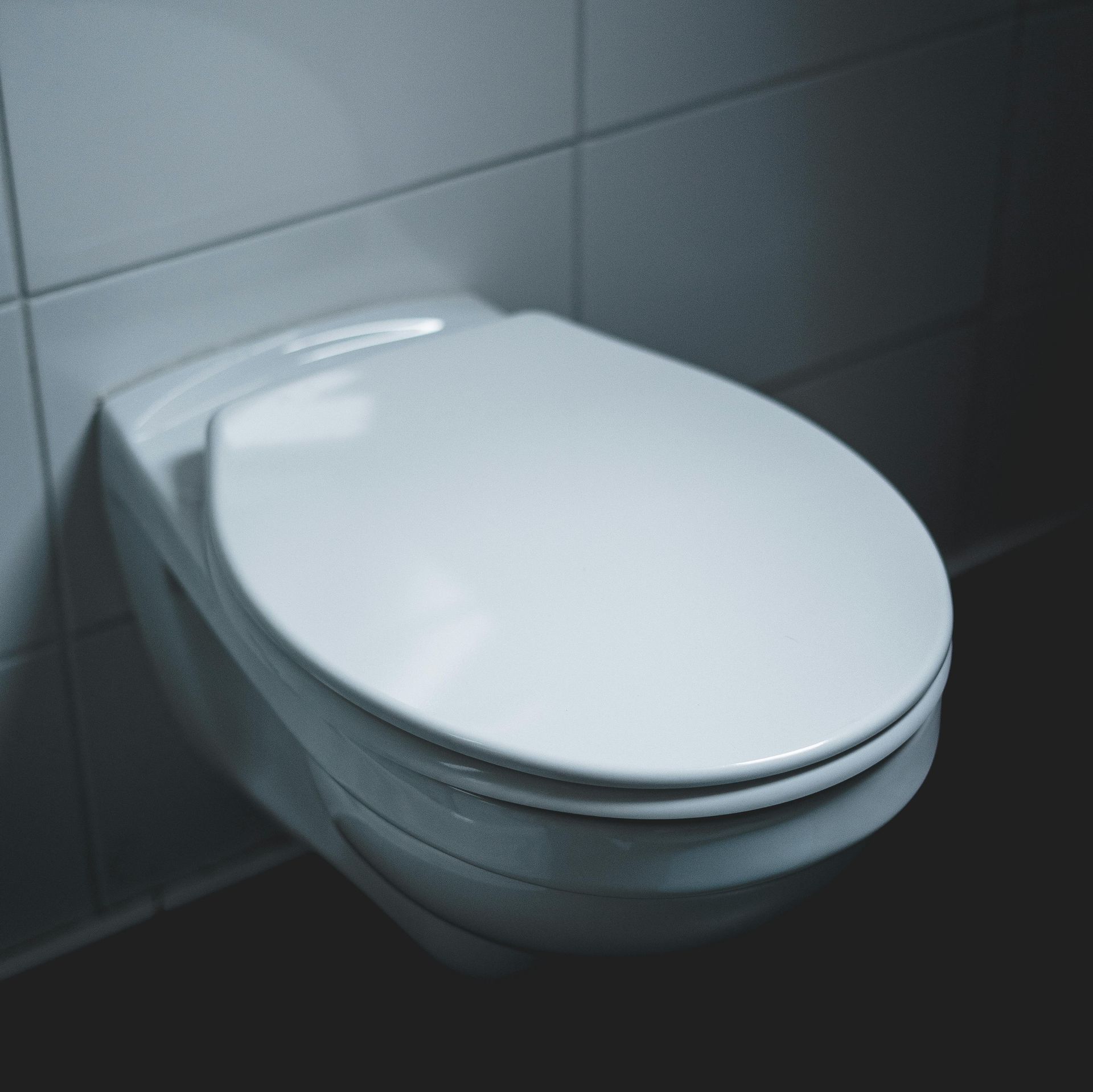
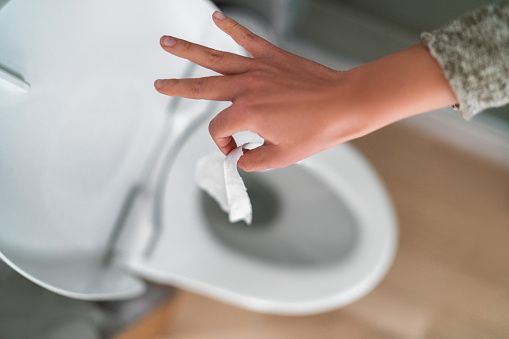
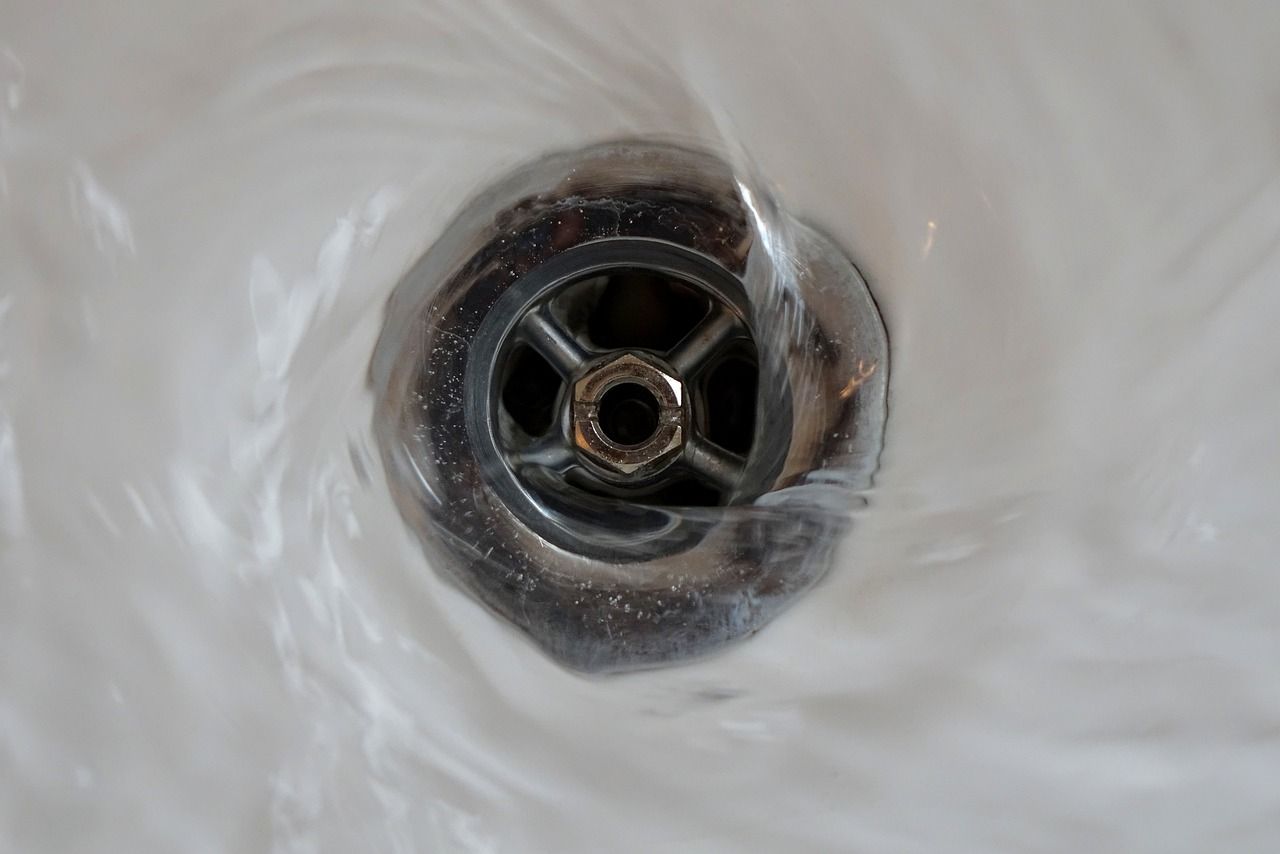
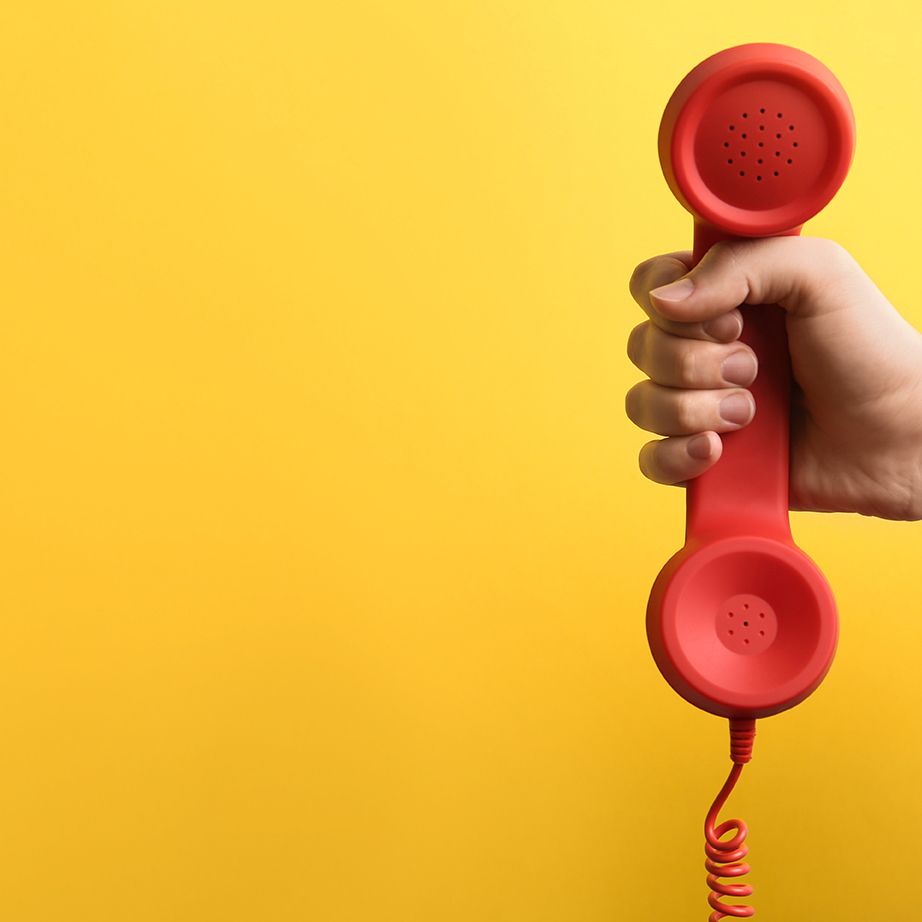
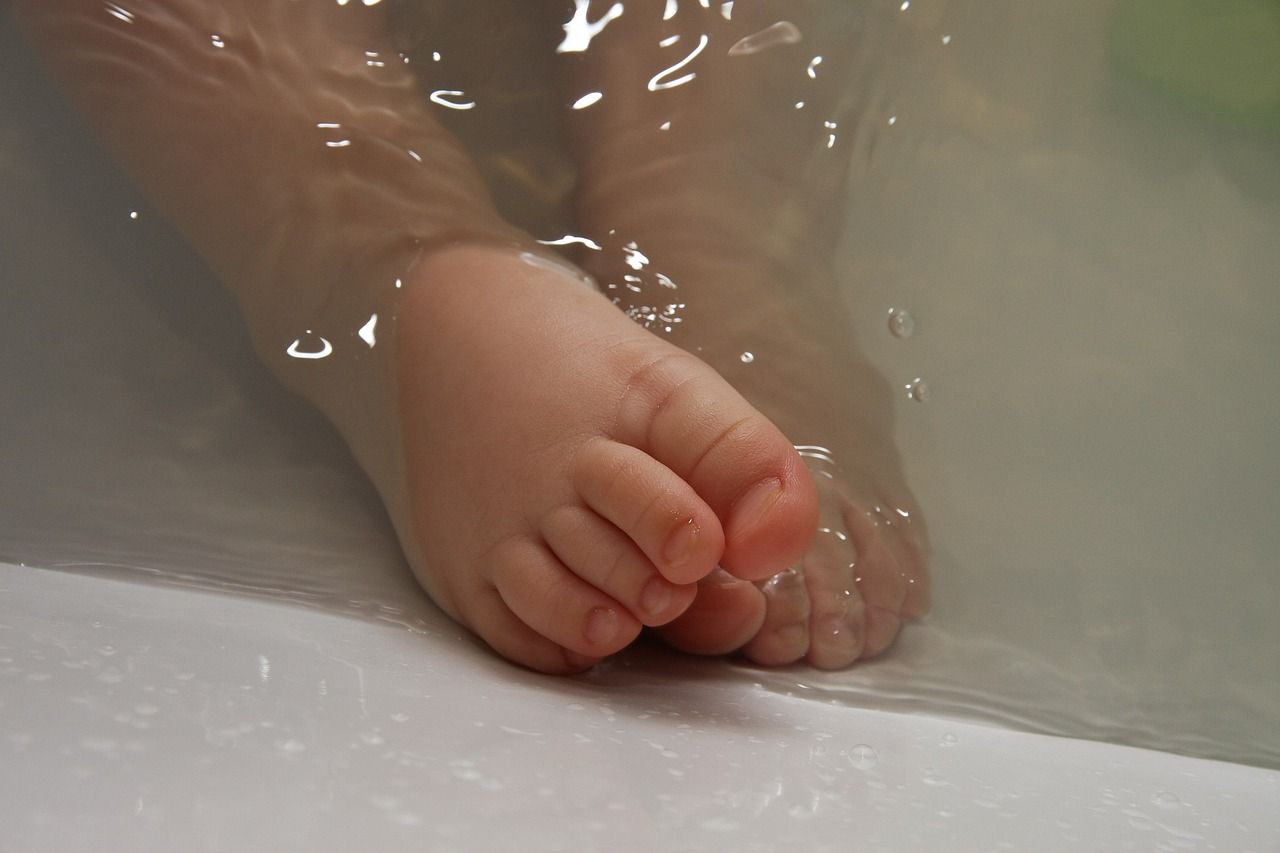

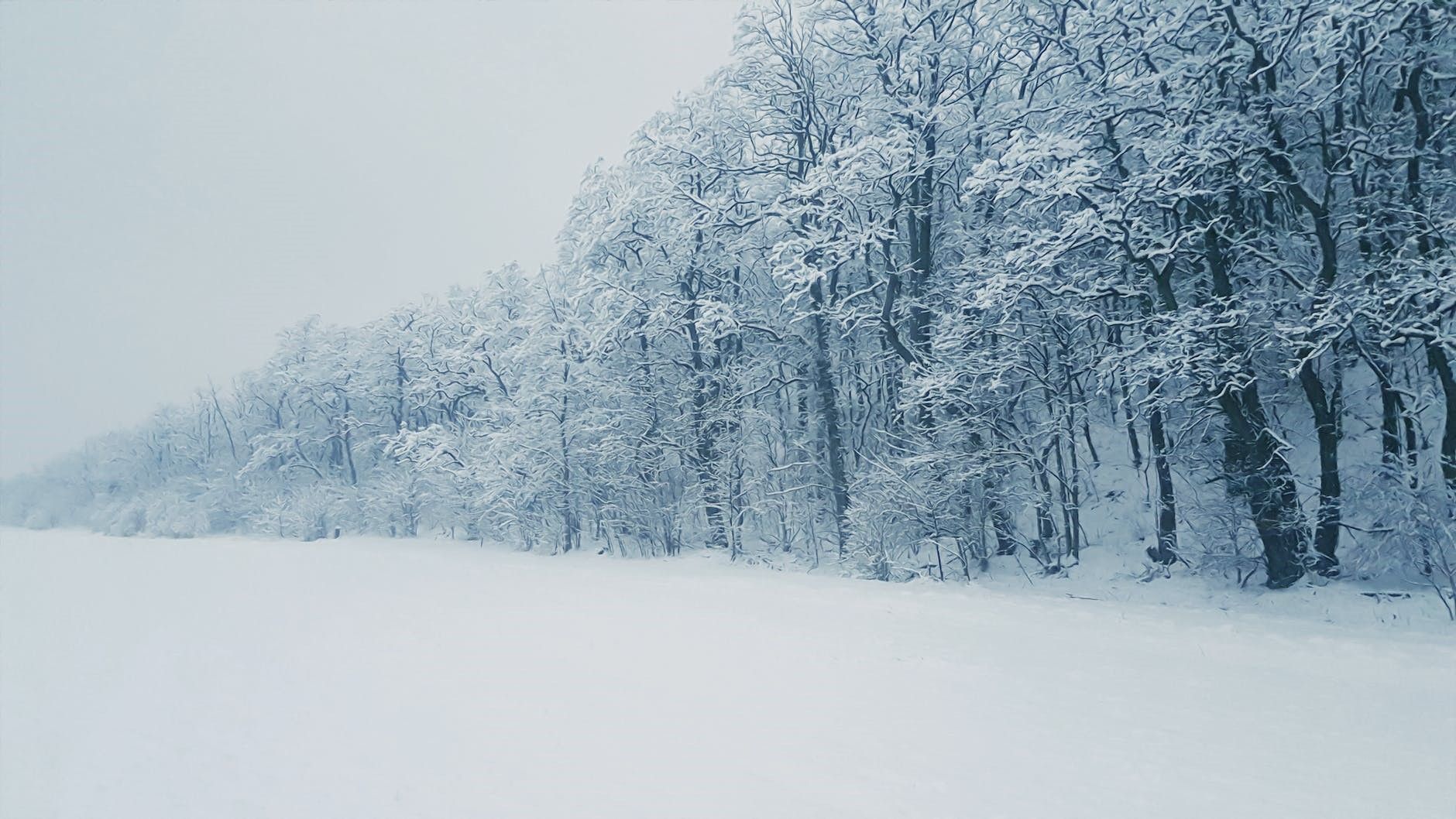
SERVING
and Surrounding Areas

HOURS
Hours:

CONTACT US
Master License # M-39624
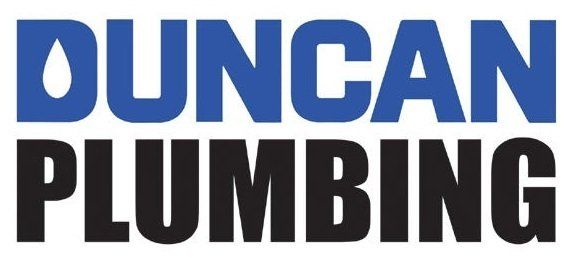


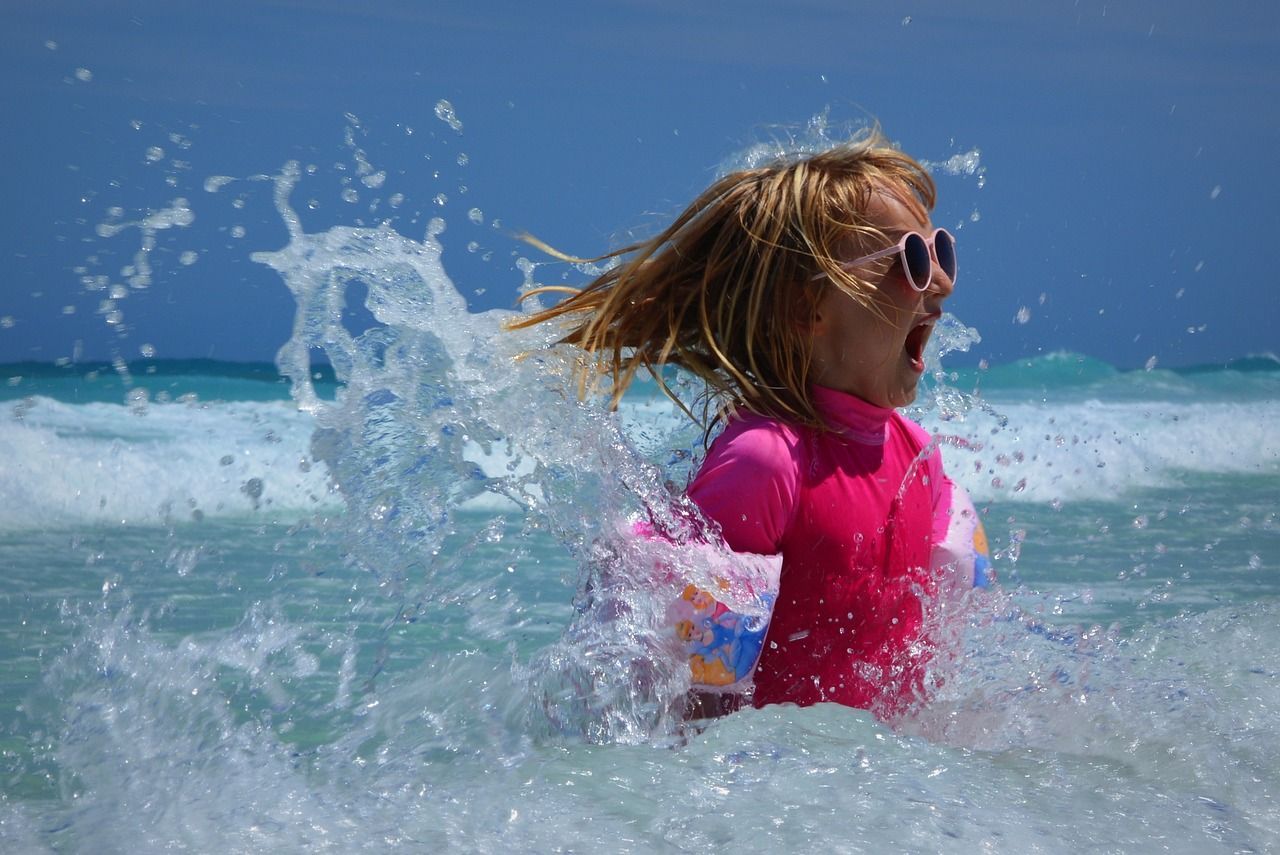


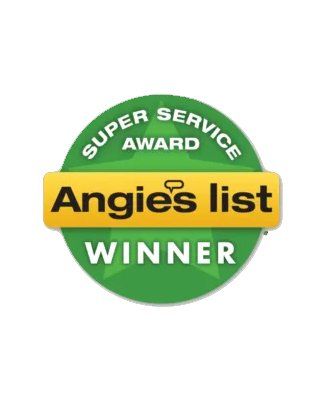


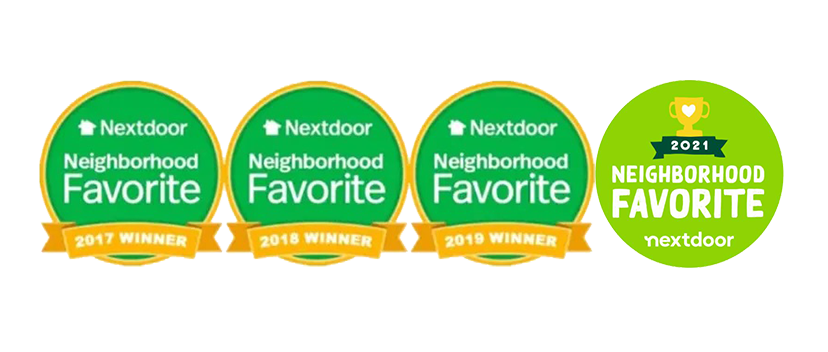













Share On: